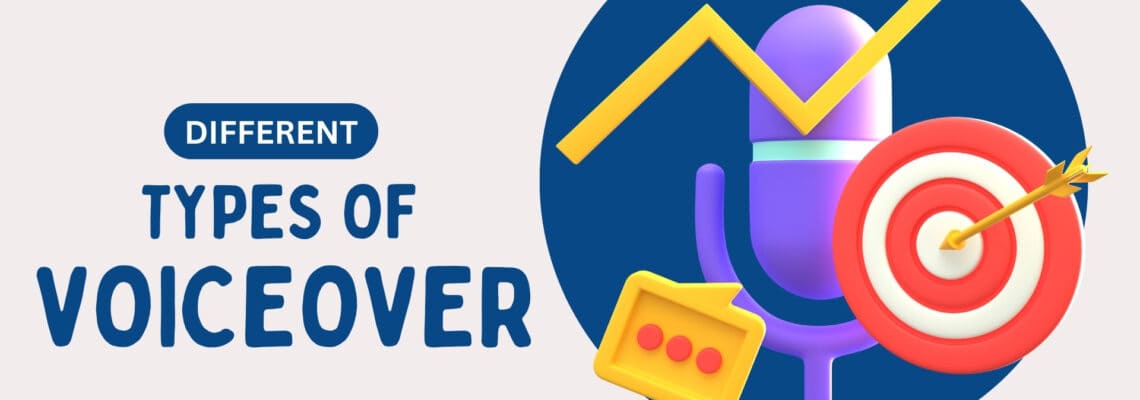
Voiceover is a versatile and powerful tool in media and entertainment. It’s the art of using one’s voice to convey a message, tell a story, or provide narration without being physically present on screen. Voiceovers are commonly used in various applications, from animated films and documentaries to commercials and video games. This blog will explore the various types of voiceovers and the unique skills required for each.
Narrative Voiceover
Narrative voiceover is the most common type of voiceover. It involves using a narrator to convey the storyline and provide commentary. Narrative voiceovers are frequently used in documentaries, audiobooks, and certain types of video content. The narrator’s voice is typically calm, clear, and engaging, as their role is to guide the audience through the content.
Skills Required: A narrative voiceover artist must have excellent diction, pacing, and the ability to convey emotion through their voice. They should also possess strong storytelling skills to captivate the audience.
Commercial Voiceover
Commercial voiceovers are widely seen and heard in advertisements, both on television and radio. These voiceovers are designed to persuade and convince consumers to purchase a product or service. Commercial voiceover artists must be persuasive, enthusiastic, and adaptable to various styles, from high-energy car commercials to soothing pharmaceutical ads.
Skills Required: Strong vocal versatility, the ability to match the brand’s tone, and a talent for delivering a concise and impactful message.
Character Voiceover
Character voiceover services are prevalent in animation, video games, and movies. These voiceovers bring fictional characters to life, often requiring unique and distinct voices for each character. Character voiceover artists must embody the personality and emotions of their characters through their voice alone.
Skills Required: Creativity, versatility, the ability to create and maintain character voices, and a knack for acting through voice alone.
E-Learning and Educational Voiceover
With the rise of online courses and educational videos, e-learning voiceovers have become increasingly important. These are types of voiceovers that convey information clearly and engagingly, making complex topics accessible to learners. E-learning voiceover artists often work on tutorials, training modules, and educational content.
Skills Required: Clarity, patience, understanding complex information, and a friendly and approachable tone.
Video Game Voiceover
Video games require voiceovers for characters, narrations, and in-game instructions. Video game voiceover artists must immerse themselves in the game’s world and effectively convey the characters’ emotions, actions, and dialogues.
Skills Required: Versatility, the ability to synchronize with in-game actions, and a willingness to adapt to different gaming genres and styles.
Automated Phone Systems and IVR Voiceover
When you call a customer service line or interact with an automated phone system, you’re likely hearing an IVR (Interactive Voice Response) system. IVR voiceovers must provide clear and concise information while maintaining a professional and friendly tone.
Skills Required: Clarity, professionalism, and the ability to guide callers efficiently through automated systems.
Conclusion
Voiceover is a diverse field that offers a range of opportunities for talented artists to showcase their skills. Each type of voiceover demands its own set of talents, from storytelling and acting to clarity and persuasiveness. Whether you’re narrating a documentary, selling a product in a commercial, bringing characters to life in a video game, or educating through e-learning, the world of voiceover is rich and rewarding for those passionate about the art of the spoken word.

